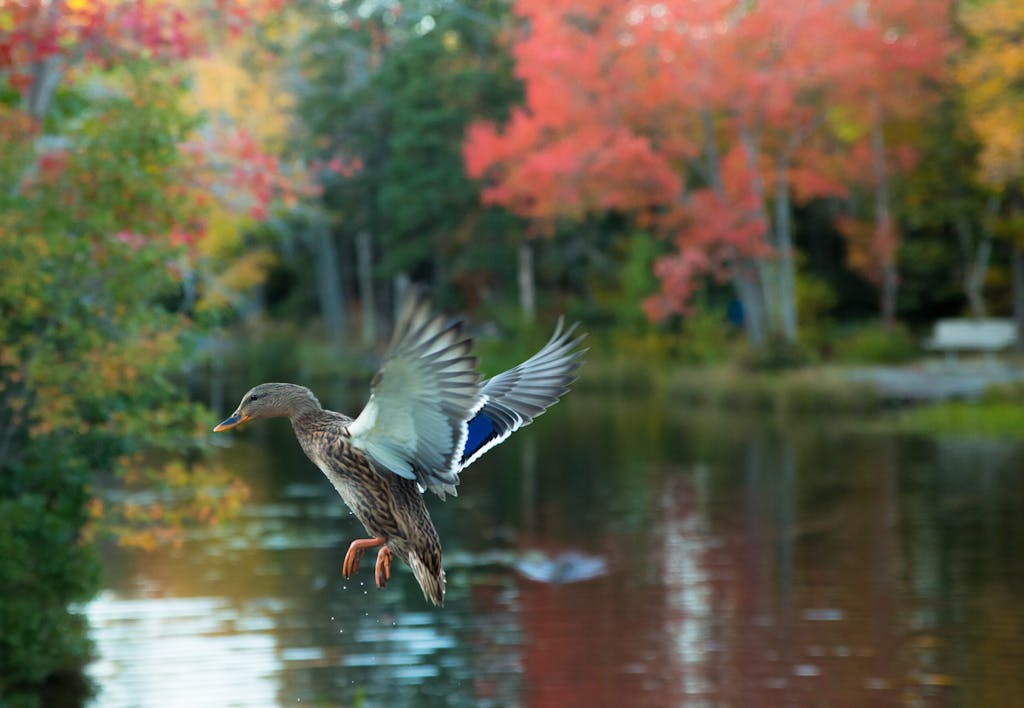Color Your World by Following Fall in Canada and New England
Welcome to the visible manifestation of one of existential philosopher Albert Camus’ most famous axioms.
“Autumn,” Camus said, “is a second spring, when every leaf is a flower.”
Existentialists are often seen as no-nonsense, austere intellectuals who rigorously view human life in our world. Yet here is Camus celebrating a season in Canada and New England that’s really winter’s doorway but made to seem like a rose garden in May.
Such are the charms of autumn. They are never better experienced than in New England and Eastern Canada, in a territory stretching from Massachusetts to Maine to Montreal, all places that Silversea passengers may explore from mid-September to late October as they marvel at nature’s Impressionist canvas.
Vivid shades of vermilion, persimmon, mauve, butterscotch, copper, apricot, scarlet and maroon soak the landscape like paint scrapes dropped by giants. Mostly displayed by maples and oaks, with dogwoods, beeches, birches, willows and other contributors, the kaleidoscope of colors is sometimes so dazzling it seems hard to believe, especially when it is a single specimen tree shining brightly against a backdrop of dry grass and granite.

Most people know that the forest’s autumn panoply occurs when the season siphons green cholesterol from the leaves, leaving behind other pigments such as anthocyanins whose hues make a painter’s palette.
It’s not just cooler nights that bring on the change; lessened sunlight, shorter day lengths, drying ground are all seasonal signals read by the trees. Along the Atlantic seaboard the show lasts six to eight weeks.
Bar Harbor, Maine, deserves special mention as a destination. This charming coastal town is populated with dozens of lively shops, cafes and galleries, glistening in the sun beneath Cadillac Mountain (the view from the top is pictured in the photo at top), the 1,526-foot granite peak that’s the highest point along the U.S. Atlantic shore.

Just as notable, it’s the gateway to Acadia National Park (above and photo at top), the 48,000-acre preserve that is New England’s only national park, although not its only National Park Service site. Oil tycoon John D. Rockefeller Jr. and other wealthy summer residents gave the land to the United States in the early 20th century, and today it draws millions of visitors who poke along winding roads to admire views of mountainsides clad in oak and maple, burly rock outcrops rising like dinosaur kneecaps, and limitless vistas of Maine’s island-strewn coast.
Bar Harbor and Acadia are popular destinations in summer, so fall visitors enjoy less-crowded excursions to both. And yes, both are possible to visit in just one day.

It’s hard to imagine a more memorable experience than finding a shoreline Maine lobster shack that has outdoor seating on a 60-degree autumn afternoon. The light is amber, the breeze redolent with dried leaves, tidal scents and the pleasant sting of the wood-fired boilers where the lobsters are cooked.
In the near distance, a hillside shimmers like an Andrew Wyeth painting. On the bay sailboats dance in a moderate breeze. Whiffs and puffs of cloud look like white silk draped across the sky. Lobster juice and butter are the gustatory equals of autumn oaks and sugar maples, and no Impressionist master could do better than an autumn day along this coast.
